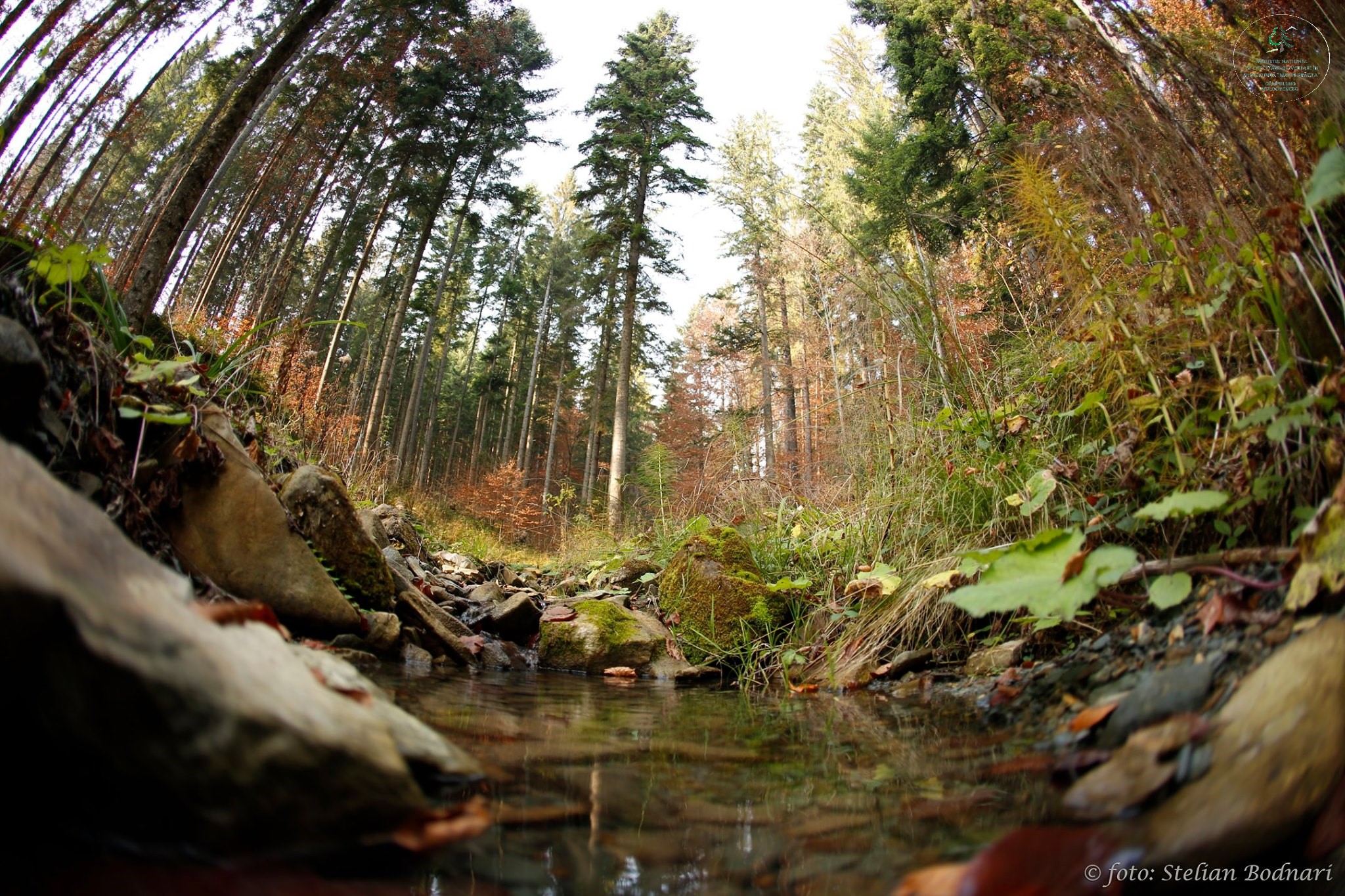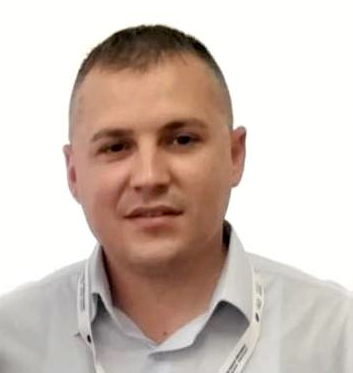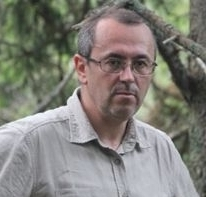Short history
In the first years, the unit functioned as an experimental station within the Institute of Forestry in Câmpulung Moldovenesc, which had been established following the higher education reform of August 15, 1948. The resort was subordinated to the Institute for Research and Experimentation in Forestry (I.C.E.F.), respectively the Institute for Research in Forestry (I.C.E.S.).
In 1956, the resort turned into an Experimental Point, based in the Pojorâta commune, as the experimental forest areas have disappeared as a form of organization. In 1962, the Pojorâta Experimental Point came under the control of the I.N.C.E.F. Suceava Station.
By Order no. 159/13.12.1966, issued by the director of I.N.C.E.F., experimental point I.N.C.E.F. Pojorâta is removed from the control and coordination of the Suceava resort and becomes a unit with its own “independent organization”, directly subordinated to the management from the central I.N.C.E.F. Bucharest. At the same time, it is established that this unit “will carry out research only in the field of culture, selection and protection of spruce”. As a result, this order may be considered the “birth certificate” of the Experimental Spruce Culture Station, the form in which the unit would last until now, although the order refers to the “Pojorâta Experimental Point”, and in the official documents of the immediately following years different names were used such as: Câmpulung Moldovenesc Experimental Point, Campulung Moldovenesc Experimental Station, Campulung Moldovenesc Forestry Research Station and others. The name of the Campulung Moldovenesc Spruce Experimental Station was consistently used in official documents only from 1970.

Following the 1974 reorganization of the Forestry Research, Studies and Design Institute, based on decrees no. 162/1973, 297/1973 and 139/1974, the Forestry Research and Development Institute was established, with a branch office at Câmpulung Moldovenesc. Through the “National program for the conservation and development of the forest fund in the period 1976-2010”, I.C.A.S. is organized on 6 regional branches, the Moldovan branch based in Hemeiuș – Bacău, including the Campulung Moldovenesc Spruce Culture Experimental Station. After the dissolution of the branch organization of the institute in 1990, the station was and is under the direct subordination of the I.C.A.S. Bucharest.
Since 2009, the Experimental Spruce Cultivation Station becomes the Research-Development and Experimentation Station – Production Campulung Moldovenesc with direct subordination to the Institute for Research and Management in Forestry – I.C.A.S. Bucharest, which following GD no. 318/2015 becomes the “Marin Drăcea” National Institute for Research and Development in Forestry in Bucharest.
Organization
The subunits within RDEPS Câmpulung Moldovenesc are:
- Câmpulung Moldovenesc Research Section;
- Roman Research and Development Section – Experimentation;
- Tomnatic Experimental Base;
- National Forestry Inventory.
The Câmpulung Moldovenesc Research-Development and Experimentation-Production Station is a mixed subunit having in its structure:
- two research collectives (Câmpulung Moldovenesc and Bacău);
- two development collectives (Roman and Bacău);
- two experimental-production collectives (Tomnatic and Hemeiuș);
- three collectives of the National Forest Inventory (Câmpulung Moldovenesc, Roman and Bacău).
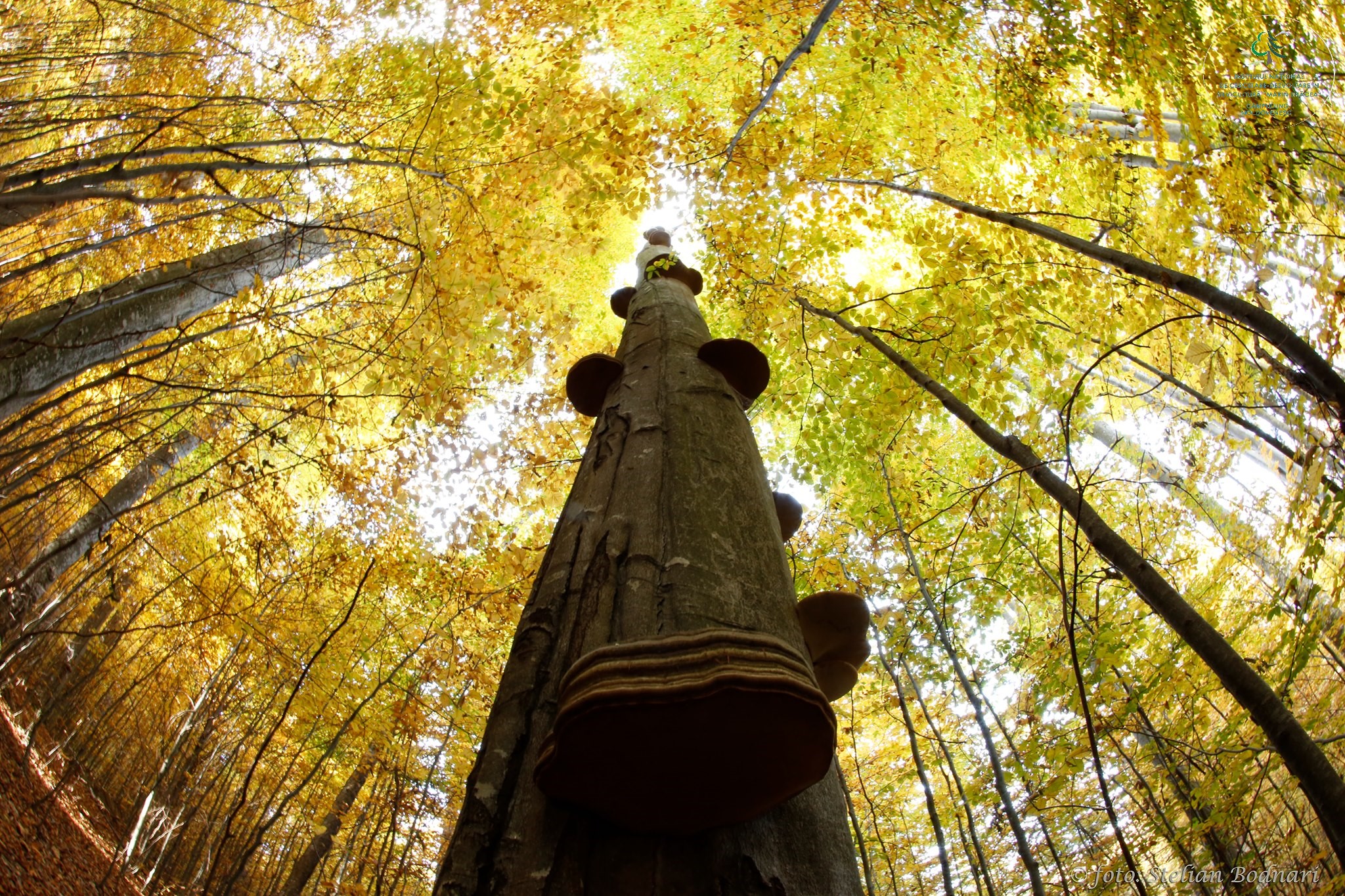
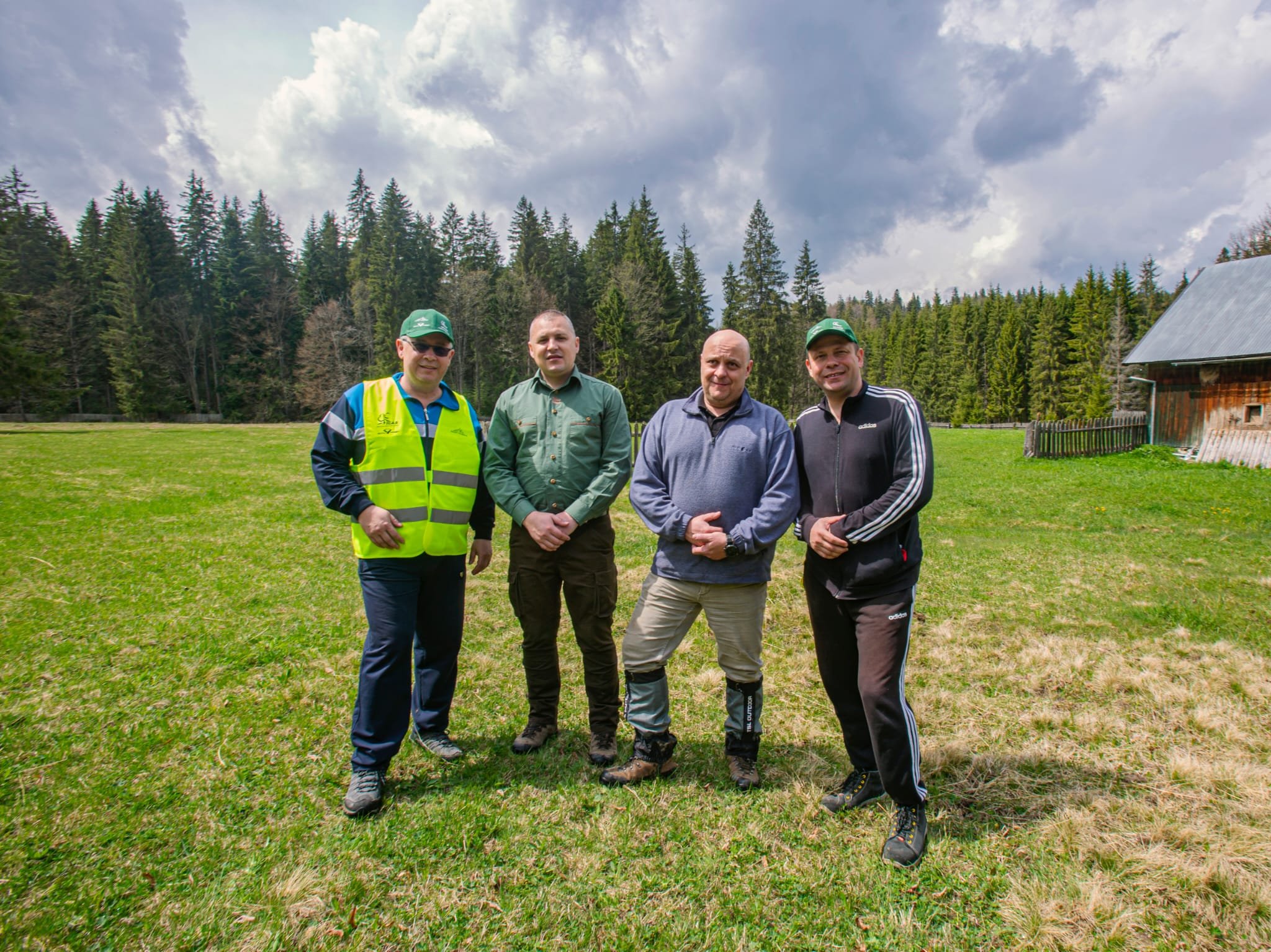
Staff structure of RDEPS Câmpulung Moldovenesc is as follows:
- Câmpulung Moldovenesc Research Section: 5 scientific researchers grade I, 1 scientific researcher grade II, 8 scientific researchers grade III; 1 scientific researcher; 1 research assistant; 3 technicians; 5 auxiliary staff.
- Bacău research team: 1 scientific researcher grade III, 1 scientific researcher, 1 engineer, 1 technician, and 1 worker.
- Roman Development Section: 3 technological development engineers grade I, 15 technological development engineers grade III, 2 engineers, 1 trainee technician, 2 computer operators, an economist and 1 driver.
- Bacău development team: 1 technological development engineer grade II, 3 technological development engineers grade III, 1 technician and 1 assistant analyst.
- Tomnatic Experimental Base: 9 forestry engineers, 3 forestry technicians, 9 foresters, 6 workers, 4 auxiliary staff.
- Hemeiuș Experimental Base: 1 forester, 1 security guard and 3 workers.
- Office I.F.N. Campulung Moldovenesc: 3 technological development engineers grade III and 2 engineers.
- Office I.F.N.Roman: 1 technological development engineer grade III and 2 engineers.
- Office I.F.N. Bacău: 1 technological development engineer grade III, 1 engineer and a technician.
Activities
The Scientific Research Activity has the following research directions and objectives:
- ecological and statistical-mathematical substantiation of biological processes from the point of view of forest biometrics;
- development of biometric methodologies and models for trees and stands;
- assessment of the quality of trees and stands by modern methods and techniques;
- development of dendrochronological series networks for tree and shrub species;
- the modeling of auxological processes at the intra- and interannual level;
- assessment of the resistance and resilience of forest ecosystems to environmental changes;
- analysis of the structure, dynamics, production and productivity of forest ecosystems;
- the development of specialized IT applications for various activities in forestry practice (evaluation of the volume of wood intended for commercialization, development of forestry facilities, etc.);
- the operation, improvement and development of the forest monitoring system applied in Romania;
- the development of long-term research to monitor the state of forest ecosystems under the influence of pollution and environmental changes;
- the development of methodologies for the economic assessment of forest resources;
- the development and implementation of specific models for determining the carbon stock in forest biomass and the inventory of greenhouse gases;
- quantitative assessment of the flow of liquid and solid atmospheric precipitation based on periodic sampling from permanent research areas (in open ground and under the forest canopy);
- evaluation of water flow on the soil profile and determination of mineral ion concentration of precipitation samples and soil solution according to the ICP Forests methodology;
- the development of technologies for afforestation of groves and regeneration of spruces;
- management of groves with resonance wood and keyboard and rehabilitation of the functionality of spruce groves damaged by cervids;
- the proposal of scientifically based solutions regarding the management of some representative mixed forest ecosystems;
- reporting for the first time in the country several species of harmful insects, autochthonous or non-native;
- successful testing of insects associated with larch fruiting by injecting systemic insecticide into tree stems;
- establishing techniques for detection, monitoring, forecasting, integrated control and management of different pest species (eg Hylobius abietis, Ips duplicatus, Pristiphora abietina, Cephalcia abietis, Xylosandrus germanus, Stereonichus fraxini, etc.);
- quality certification of forest genetic resources (forest seeds);
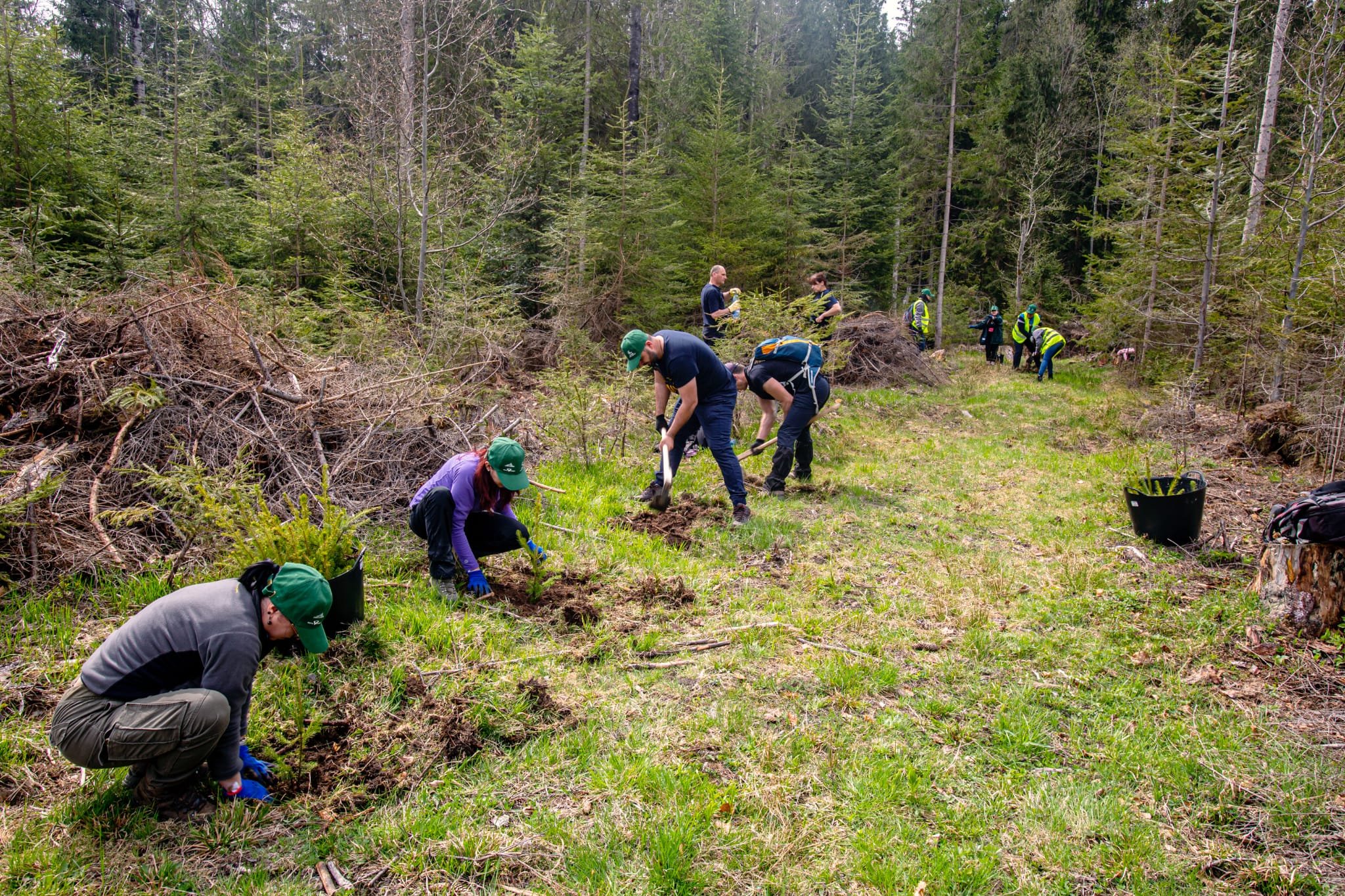
Technological Development activities consist of:
- development of forestry facilities for forests owned by the state and private entities;
- preparing appropriate assessment studies and environmental reports;
- land surveying and specific mapping;
- studies on the installation of forest curtains;
Production experimentation activities have the following objectives and directions in mind:
- testing, experimentation and transfer of research results in the production activity;
- harvesting and valorization of products specific to the forest fund.
- harvesting and valorization of products specific to the forest fund.
- management of the cynegetics fund;
- capitalizing on the ornamental saplings produced, from different species;
- management of the larch forest seed plantation existing in Hemeiuș Dendrological Park;
The I.F.N National Forestry Inventory Offices carry out work specific to the activity according to the program supported by the Ministry of Environment, Water and Forests within the counties of Suceava, Botoșani, Iași, Vaslui, Bacau and Neamț.
Research-Development infrastructure and services and
Experimentation-Production
Research and development infrastructure:
- The research network for the foundation of methods, mathematical-auxological models and dendrometric tables and production tables;
- Integrated systems for monitoring environmental and ecosystem parameters;
- Internationally intercalibrated modern laboratories (polluting deposition analysis, dendrochronology and wood study, leaf analyses);
- The auxological and meteorological sensor network consists of 17 sets of radial growth monitoring sensors (monitored species are spruce, fir, beech, mountain maple, birch, mountain elm, aspen, larch, Douglas fir.), 35 points air and soil temperature monitoring and 3 meteorological stations;
- Leica M205 A stereomicroscope with dedicated Leica DMC 4500 camera and graphics station with related programs; Zeiss Stereomicroscopes, ARBOTOM 3D PACK, IML PowerDrill, IML Micro Hammer, Rotfinder, CoreReader, TruPulse 360B, Criterion RD-1000, Field-Map, Total Station GEOMAX ZTS 602 LR, Germinators for seed analysis, Stereoscopes with camera/soft, Binder Insect Rearing Chamber, Seed Sample Homogenizers, Vertex IVs, Pressler Drills, Clupe Mantax Digitech Professional, PLOTTER A0 HP DESKJET 4000, Konica Minolta Multifunctions, RUMED 3301 Cooled Incubator, Weather Station Davis Vantage Vue Weather Station, Balance electronics KERN EG420-3NM; Analytical balances, GPS devices, PCs, Laptops, Pressler drills, Lintabs, Forestry clubs, Hypsometers, Range finders, Topographic compasses, Off-road vehicles.
Research and development services:
- Management of European and international integrated monitoring networks (ICP-Forests, LTER, Mottles, Rodendronet);
- Elaboration of dendrochronological series and historical wood dating;
- Wood anatomy services (species identification, microsections);
- Monitoring atmospheric deposition and soil solution in forest ecosystems;
- Air quality monitoring in forests;
- Forestry expertise regarding the quantitative and qualitative assessment of forest resources;
- Forestry afforestation technologies;
- Rehabilitation of the functionality of spruce stands damaged by cervids;
- Management of softwood crops installed outside the vegetation area;
- Management of some representative mixed forest ecosystems;
- Evaluation of the quality of some representative resinous and mixed ecosystems for the foundation (optimization) of silvotechnical works;
- Technical assistance in the field of forest protection, especially in the case of harmful agents (biotic or abiotic) that affect resinous trees (in solariums, nurseries, crops in forest land, arboretums);
- Coleoptera identification (especially those associated with forest vegetation).
- Forestry management services;
Experimentation-production infrastructure:
- The network of permanent experimental areas, targeting various aspects (biometrics, genetics, dendrochronology and auxology, silvotechnics and forest protection);
- The dendrological park (Hemeiuș arboretum – 49.5 ha);
- The plantation of larch seeds from Hemeiuș;
- Forest nurseries with different ornamental species;
- The 52.63 km long network of forest highways making possible the full accessibility of all forest floor areas;
- Demacușa Pașcanu forest nurseries;
- 5 forestry cantons and 2 forestry cabins;
- The video surveillance system located at the exit from the managed forest fund with very good results regarding the prevention and combating of poaching, unauthorized cutting and removal of trees as well as the illegal transport of wood material as well as the provision of evidentiary support from a legal point of view when when serious acts of a criminal nature are committed;
- Demacușa permanent log warehouse;
- 1 bulldozer used for the maintenance of the forestry road network, which is also equipped with a front grapple used for handling logs in primary platforms or in permanent storage;
- A TAF used for the exploitation of wood mass;
- Vertexes, Konica Minolta Multifunctions, PCs, Laptops, Forestry Clubs, Hypsometers, Mobile phones used for logging and other field activities, Off-road vehicles.
Experimentation-production services:
- Valorization of wood and non-wood products specific to the managed forest fund and hunting fund;
- The utilization of the ornamental saplings produced, from different species, as well as the larch forestry seeds.
- The possibility of taking photos/video recordings for a fee, within the Hemeiuș Dendrological Park.
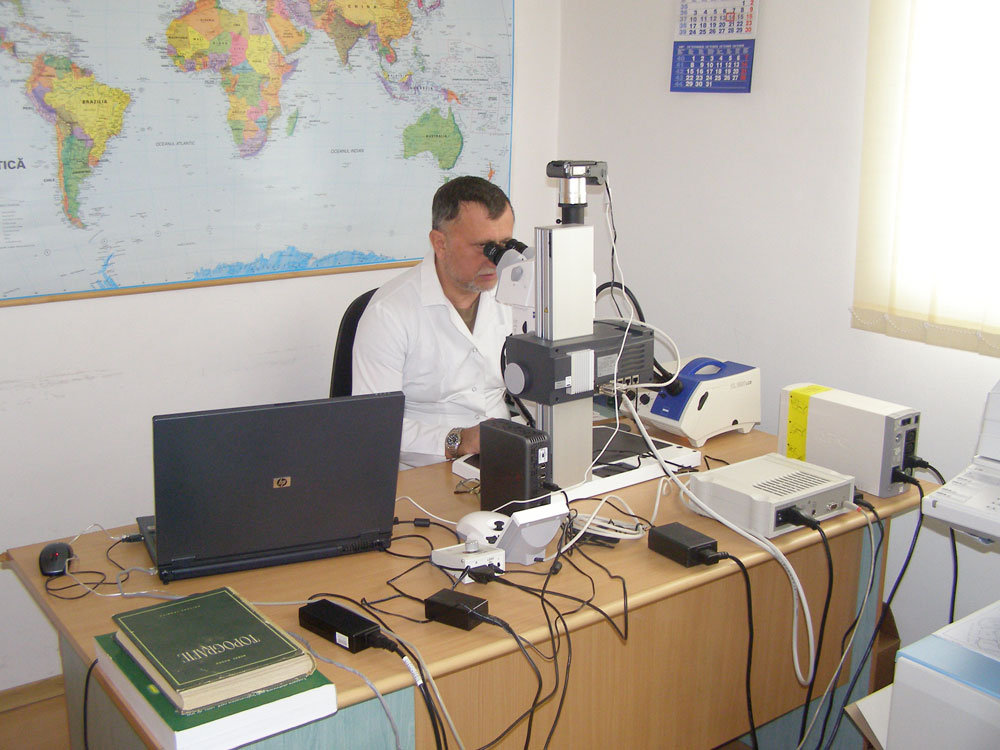
Contact
Research-Development and Experimentation-Production Station
Câmpulung Moldovenesc
Address
Calea Bucovinei, No. 73 bis, Campulung Moldovenesc, Suceava county, postal code 725100
Telephone/Fax
0230-314747; 0230-3147476
clungmoldovenesc@icas.ro
cercetare@icassv.ro
Senior researcher I Dr. Sidor Cristian Gheorghe
Station Director
cristian.sidor@icas.ro
Senior researcher I Dr. Popa Ionel
Head of Research Section
ionel.popa@icas.ro
Accountancy
Eq. Drăgușanu Iuliana – Chief accountant
iuliana.dragusanu@icas.ro
Acquisitions
Eq. Hutopila Roxana-Elena – Purchasing Manager
roxana.hutopila@icas.ro
Research and Development Section and
Romanian Experimentation-Production
Address
Bulevardul Republicii, No. 34, Roman, Neamt county, postal code 611010
Telephone/Fax
0233-742595
roman@icas.ro
Technological development engineer Zanocea Petru
Head of the Romanian Research, Development and Experimentation Section
petru.zanocea@icas.ro
Accountancy
Eq. Drăgușanu Iuliana – Chief accountant
iuliana.dragusanu@icas.ro
Acquisitions
Marius Costan
marius.costan@icas.ro
Tomnatic Experimental Base
Address
Calea Bucovinei, No. 73 bis, Campulung Moldovenesc, Suceava county, postal code 725100
Telephone/Fax
0230-314044; 0230-314041
tomnatic@icas.ro
Dr. Cojocia Cristian Ioan
Chief Engineer Tomnatic Experimental Base
cristian.cojocia@icas.ro
Accountancy
Eq. Tănasă Iacoban Adriana
adriana.tanasa_iacoban@icas.ro
Acquisitions
Eq. Hutopila Roxana-Elena
roxana.hutopila@icas.ro


